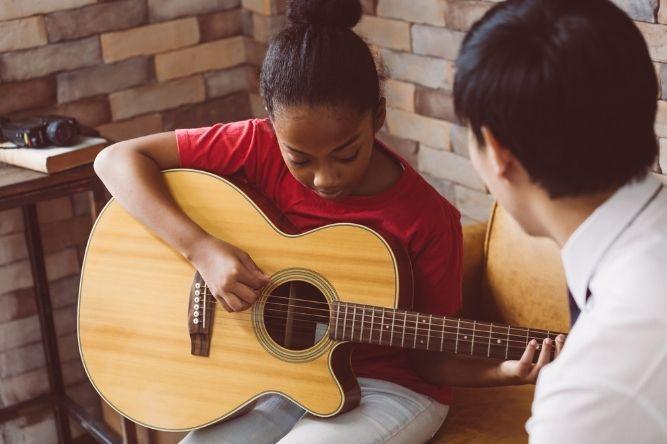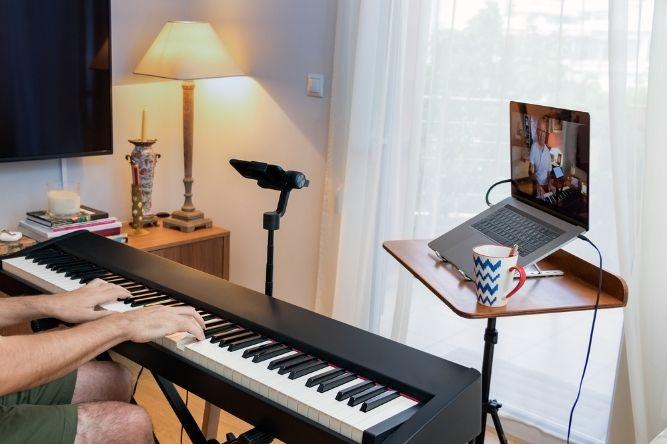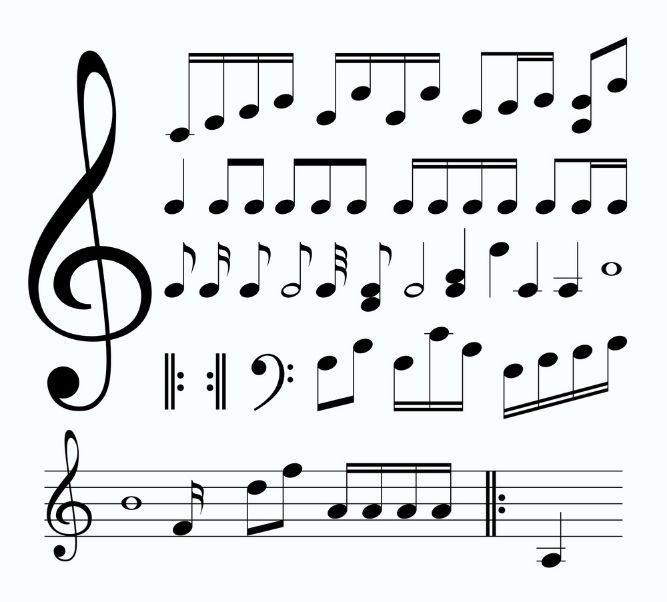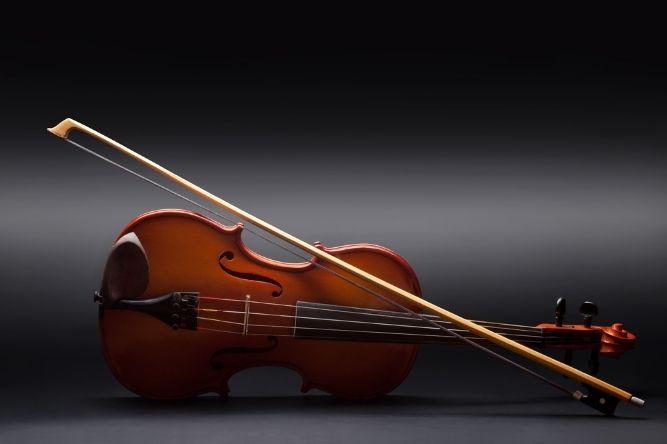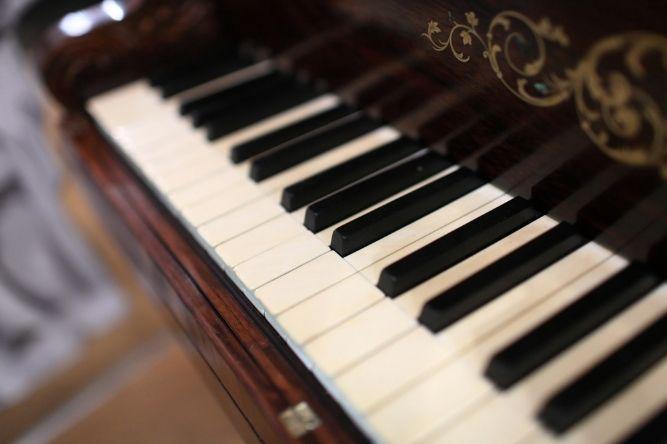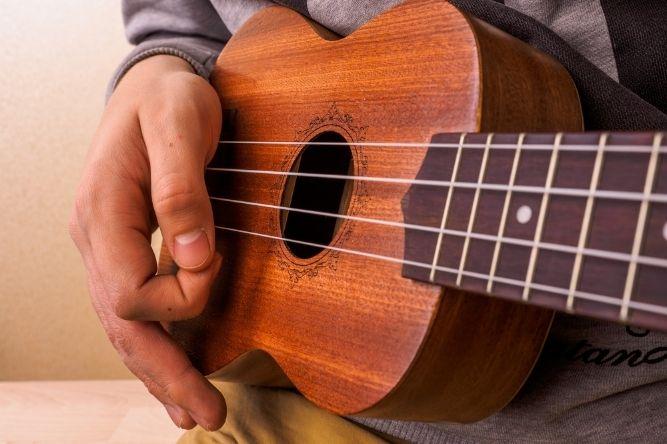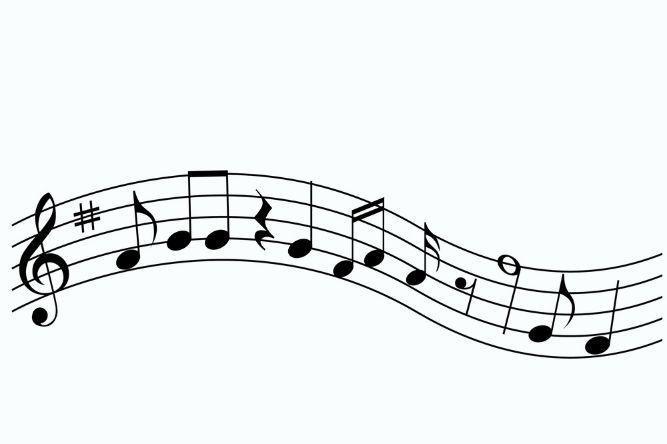Unveiling the Unsung Benefits of Singing Lessons: A Harmonious Journey to Vocal Mastery
Have you ever found yourself captivated by the enchanting melodies of your favourite songs, wishing you could effortlessly recreate those soul-stirring tunes? Perhaps you've dreamt of belting out ballads like your musical idols, but the idea of hitting those high notes feels like an unattainable fantasy. Fear not, for embarking on the journey of singing lessons might just be the key to unlocking your hidden vocal potential. In a world where the spotlight often shines [...]




